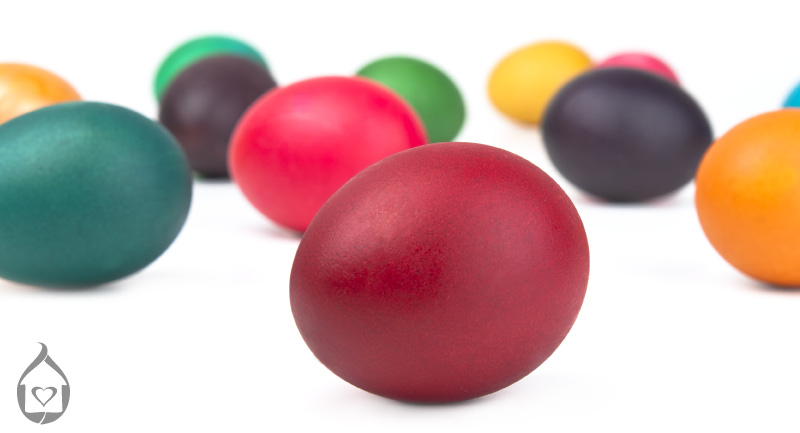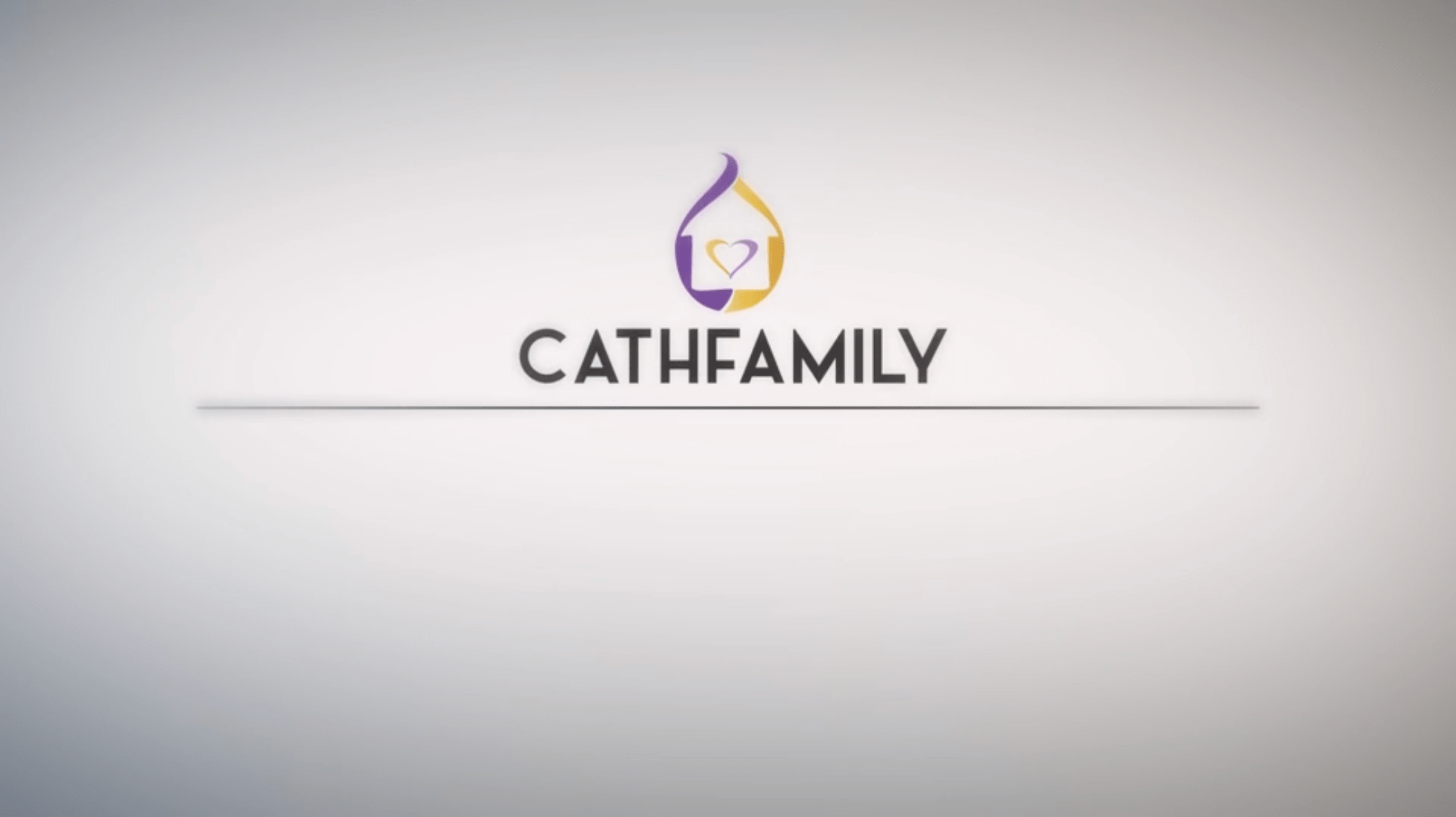7 Ways to Enjoy Easter Eggs

Easter eggs have a long and rich history that goes back well before the invention of chocolate.
Eggs have long been associated with new life, fertility and rebirth with evidence of egg decorating dating back some 60,000 years. As early as the 4th and 5th centuries AD, there is evidence that it was common for Christians would abstain from meat, diary and also eggs during the Lenten period. By the Middle Ages, this was standard practice. Since hens and ducks don’t stop laying during Lent, Christians preserved eggs in a variety of ways, often by pickling them.
Decorating Eggs for Easter also has a considerable history, with early legends associating St Mary Magdalene in particular, with red-dyed eggs.
Chocolate Easter Eggs date back to the 19th Century as large quantities of chocolate became available via the increased trade activity and industrial revolution mechanising and cheapening the production of food.
There are loads of different ways to incorporate into the egg traditions and we’ve put together a list of our seven favourites…
1. Creative Dying…
There are a myriad of ways to get some fun, interesting colours and patterns when dying eggs. Have a look at some of these ideas to get you started:
Silk Tie Dye
If you’ve got some old silk ties that are old or a little out of fashion, give them a new purpose by dying eggs! You could raid your local op shop or thrift store for some really interesting and cheap old silk ties. This video tutorial shows you how to do it. Unfortunately the eggs aren’t safe to eat after doing this so decorate and enjoy!
Red Eggs & Mary Magdalene
A popular story around the origins of dying Eggs goes back to a tradition that Mary Magdalene brought a basket of hard-boiled eggs with her when they went to the Tomb on Sunday morning. When the risen Christ appeared to her, the eggs turned bright red or a rainbow of colours.
Another story tells of Mary Magdalene travelling to Rome after the Ascension and seeking an audience with the Emperor Tiberius. It was custom for those visiting the emperor to present a gift and Mary Magdalene brought an egg. She then told off the Emperor for Pontius Pilate’s execution of Jesus. She handed him the egg and proclaimed “Christ is Risen!”
Caeser replied “how could anyone rise from the dead? It is as impossible as it would be for that egg to change from white to red.” At these words, so the story goes, the egg turned blood red. Mary Magdalene is often depicted in Orthodox icons holding an egg and the Easter Vigil in Orthodox rites include a blessing of red-dyed eggs.
Natural Dying
Most egg dying was a natural by-product of pickling eggs with different vegetables producing different colours. The great thing about using vegetable dyes is that the eggs still remain edible afterwards and so nothing goes to waste! It’s also a fun experiment as different coloured eggs, different lengths of soaking and quantities of vinegar make for different shades and colours. Here are some good instructions to get you started.
Traditional Pascha Eggs
Achieving that traditional bright red for Orthodox Pascha Eggs can be done by following this handy recipe from Orthodox Christian’s Network or you can purchase special packets of red dye. You can add edible gold paint to decorate them further or polish them with a little olive oil for a striking display.
2. Egghead Family Portrait
This is a really flexible and fun activity that also makes for a quirky family photo to send around to grandparents or out-of-town family. All you need are some hard-boiled eggs, a pencil and fine permanent marker and a camera.
Get each of your family members to design a self-portrait on their egg and then stage them for a ‘family photo’. You can make it as silly as you like, add other decorations like hair or use the kid’s doll’s house or Lego to stage your egghead family photo.
3. Sprout head eggs
This is an old favourite and it’s not hard to make it a fun Easter activity. All you need to do is save some broken egg shells, get a little soil and some fast-germinating seeds like wheatgrass or alfalfa or find some trendier micro greens. Decorate you egg shells with faces or Easter symbols, fill them with soil and plant your seeds. Water them often and within a couple of weeks, you’ll have to be giving your sprout eggs ‘haircuts’ to use in salads and smoothies!
4. Chocolate Cheese Cake Eggs
This is a very decadent little treat that pays homage to the new and old traditions of Easter is perfect for grown-ups and children. The recipe is available here and involves no baking.
5. Digital Eggs
Egg a Sketch is a fun app available on the iTunes store for iPads and iPhones. It allows you to three dimensionally create your own easter egg designs! Find out more here.
6. Egg Cracking Tournament
This is a Greek Orthodox Easter tradition where everyone would be given a hard boiled, red pascha egg on Easter Sunday morning and would then turn to the nearest person and tap the ends of their eggs together until one cracked. The cracked egg would then be eaten and the uncracked egg would continue with the next nearest person. The last egg uncracked is supposed to bring its owner good luck for the coming year. It’s kind of like Christmas crackers but without the lame jokes and silly hats!
7. Scrambled Eggs
So what do you do if you decide to dye hollow eggs? Well make scrambled eggs of course! Jamie Oliver has three different methods of cooking scrambled eggs to keep things interesting. Check out the instructional video.
